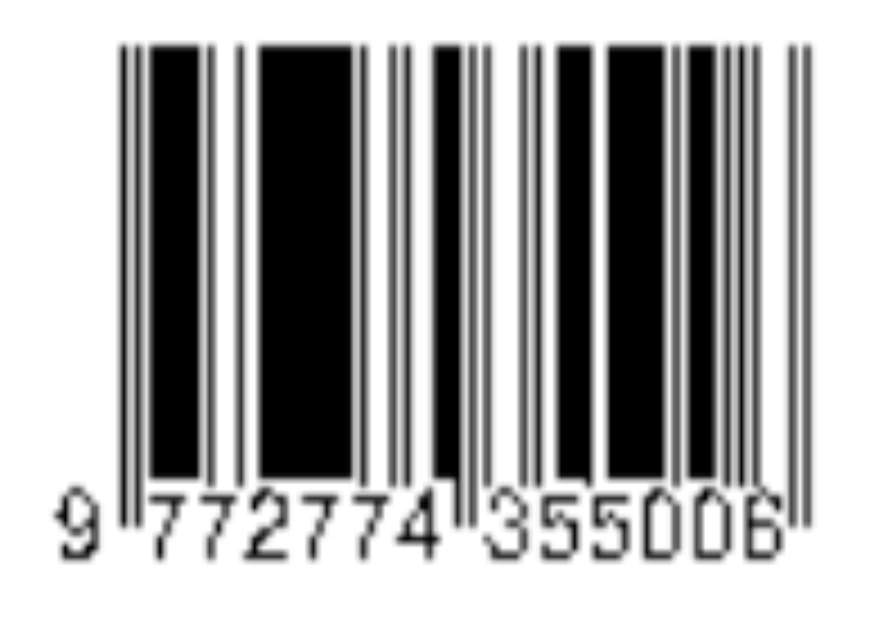Peer Review Process
Peer Review Process
Journal of Sharia Economics uses a single-blind peer-review policy, in which the identity of both authors and the reviewers is kept hidden until the submitted article is published.
The research article submitted to this online journal will be peer-reviewed by 1 (one) reviewer. The accepted research articles will be available online following the journal peer-reviewing process. The final decision on article acceptance will be made by the editors according to the reviewer's comments. The language used in this journal is English or Bahasa.
Peer review is designed to assess the validity, quality, and often the originality of articles for publication. Its ultimate purpose is to maintain the integrity of science by filtering out invalid or weak-quality articles.
From a publisher's perspective, peer review functions as a filter for content, directing better quality articles to better-quality journals and so creating journal brands.
Running articles through the process of peer review adds value to them. For this reason, publishers need to make sure that peer review is robust.
Editor Feedback
Clearly identifying specific flaws in the paper’s structure is essential. Are the methods appropriate, is the data adequately presented, and are the conclusions backed by the data?
If an editor can easily grasp the reasoning behind your recommendation from your comments, then you’ve provided a valuable and effective review.
Peer-Review at Its Best
Peer review excels at enhancing the quality of published research by encouraging authors to submit high-quality work and by providing constructive feedback that helps improve their manuscripts throughout the review process.
*DUTIES OF REVIEWERS
Contribution to Editorial Decisions
Peer review assists the editor in making editorial decisions and through the editorial communications with the author may also assist the author in improving the paper.
Promptness
Any selected referee who feels unqualified to review the research reported in a manuscript or knows that its prompt review will be impossible should notify the editor and excuse himself from the review process.
Confidentiality
Any manuscripts received for review must be treated as confidential documents. They must not be shown to or discussed with others except as authorized by the editor.
Standards of Objectivity
Reviews should be conducted objectively. Personal criticism of the author is inappropriate. Referees should express their views clearly with supporting arguments.
Acknowledgment of Sources
Reviewers should identify relevant published work that has not been cited by the authors. Any statement that an observation, derivation, or argument had been previously reported should be accompanied by the relevant citation. A reviewer should also call to the editor's attention any substantial similarity or overlap between the manuscript under consideration and any other published paper of which they have personal knowledge.
Disclosure and Conflict of Interest
Privileged information or ideas obtained through peer review must be kept confidential and not used for personal advantage. Reviewers should not consider manuscripts in which they have conflicts of interest resulting from competitive, collaborative, or other relationships or connections with any of the authors, companies, or institutions connected to the papers.
*DUTIES OF AUTHORS
Reporting standards
Authors of reports of original research should present an accurate account of the work performed as well as an objective discussion of its significance. Underlying data should be represented accurately in the paper. A paper should contain sufficient detail and references to permit others to replicate the work. Fraudulent or knowingly inaccurate statements are unacceptable and constitute unethical behavior.
Originality and Plagiarism
The authors should ensure that they have written entirely original works. If the authors have used the work and/or words of others, it must be appropriately cited or quoted.
Each submitted article is evaluated on the following basis:
The assessment of submitted manuscripts considers several key criteria:
- The originality and significance of the contribution to the field of scholarly publishing;
- The robustness of the theoretical framework and the appropriateness of the methodology for the topic;
- The clarity and coherence of the analysis;
- The effectiveness of communication, including grammar and writing style; and
- Adherence to the journal’s formatting and submission guidelines. The typical turnaround time for the initial screening and evaluation process ranges from 2 to 6 months after submission. Once a manuscript is accepted by the editor, it is forwarded to the appropriate section editor within approximately one day. The section editor then reviews the manuscript over a 14-day period. If deemed suitable, it is sent to two or more reviewers, usually within a month. The final decision, based on the reviewers’ evaluations, is communicated to the author within one day after the reviews are compiled.
Editorial Workflow Process of Jose Journal
-
Initial Assessment by the Editor:
The journal editor will first examine your article. The main focus at this stage is to ensure that the article’s content aligns with the journal’s focus and scope. -
Editor's Decision:
-
Meets Focus and Scope Criteria: If the editor finds your article relevant to the journal’s focus and scope, it will proceed to the next stage.
-
Does Not Meet Focus and Scope Criteria: If the article is deemed not suitable, it will most likely be rejected at this stage without entering the review process.
-
-
Review Process (Maximum 14 Days):
Articles that pass the initial editorial assessment will enter the review process. At this stage, the article is sent to reviewers who are experts in the subject matter of your article. This review assignment stage is expected to take a maximum of 14 days. -
Review by the Review Team (Maximum 30 Working Days):
Once assigned, the review team will conduct a thorough evaluation of the scientific quality, methodology, novelty, and other aspects of your article. This review process has a time limit of up to 30 working days. -
Feedback from Reviewers via the Editor:
After the review process is completed, you will receive feedback from the reviewers through the editor. This feedback will be one of the following decisions:-
Major Correction: Your article is essentially accepted but requires substantial and comprehensive revisions based on the reviewers’ comments and suggestions. You must address all identified issues before the article can be considered for publication.
-
Minor Correction: Your article is deemed acceptable with only minor corrections or slight improvements. Once you make revisions as suggested, the article is likely to be accepted for publication.
-
Rejection: Your article is not accepted for publication in this journal. This decision means the reviewers found fundamental flaws or that the article does not meet the journal’s publication standards. In such cases, you cannot proceed with the same article in this journal.
-
-
Post-Revision Evaluation by the Editor:
After the author completes the revisions based on reviewer feedback, the next steps are:-
Assessment of Revisions by the Editor: The editor will re-examine the revised article. At this stage, the editor will evaluate whether the author has adequately and thoroughly addressed all reviewer comments and suggestions. This evaluation usually takes 3–5 days.
-
Editorial Decision on the Revisions:
-
Revision Accepted: If the editor is satisfied with the revision quality and believes that all reviewer points have been sufficiently addressed, the article will be approved to proceed to the next stage.
-
Revision Rejected or Requires Further Revision: If the editor considers the revisions insufficient or notes remaining deficiencies, they may request additional revisions or even reject the article if the required improvements are not met.
-
-
-
Copyediting Stage:
Once the editor accepts the revised article, it moves to the copyediting stage. Here, the article will be thoroughly reviewed for grammar, spelling, punctuation, writing style, and formatting to meet the journal's publication standards. This stage typically takes 30–60 days. -
Publication or Production Stage:
After the copyeditor completes their task, the article enters the publication or production phase. This stage usually takes 3–20 working days until the article is ready for publication in the final volume and issue.
For easier understanding, you can refer to the following flowchart:












